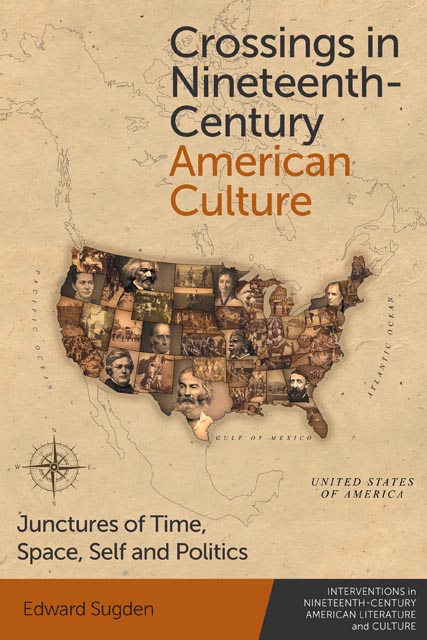2 - Earth/Atmosphere: The Leonid Meteor Shower, 1833
Published online by Cambridge University Press: 26 November 2022
Summary
Since 1777, the union of the United States had been represented by an arrangement of stars. In that year, the wartime Continental Congress ordered that the US flag display ‘thirteen stars, white in a blue field, representing a new constellation’ (United States Continental Congress 1907: 464). Indeed, many in the late eighteenth century regarded the new nation through the metaphor of a ‘constellation’. One of the original six frigates built for the United States Navy was called the USS Constellation, and an early set of coins bore the Latin inscription ‘Nova Constellatio’ (Footner 2002; McCarthy 2017). The metaphor was apt. As historian Jill Lepore has pointed out, the United States that emerged from the American revolution cannot be understood as a nation-state, a cultural group whose members imagine themselves into relation with each other and form a government. Rather, it was what she calls a state-nation: a political and legal confederacy whose leaders attempted to form a single national culture from disparate parts (Lepore 2019). Independent bodies (stars or states) were brought together by the fiction of perspective, enabling some observers to see in separate political communities a mythic national body. Reflecting on how the United States of America was and is a constellation – a myth, a contingent arrangement united by the position of observers – reveals at once the problem of treating it as an object of study. Look closely at the United States, and you will see that it is neither as united nor as bounded as it first appears.
And scholars have looked closely, indeed. The myth of the US nation-state has been decisively demythologised. At least since the so-called ‘transnational turn in American Studies’ – which can be dated to the end of the Cold War era, although the period would not receive its present name until 2004 – scholars and critics in the field have challenged national frameworks: temporal, historical, geographical and definitional (Fishkin 2005: 17–57). This effort to demythologise the nation has ushered in an age of permanent revolution, an era that Hester Blum describes in Turns of Event as enabling not only the transnational, but also the hemispheric, postnational, spatial, temporal, post-secular, aesthetic and affective ‘turns’. For Blum, these deviations from past practices have been a boon, a ‘constitutive strength’ of a field on the move (Blum 2016: 2–3).
- Type
- Chapter
- Information
- Crossings in Nineteenth-Century American CultureJunctures of Time, Space, Self and Politics, pp. 29 - 40Publisher: Edinburgh University PressPrint publication year: 2022



